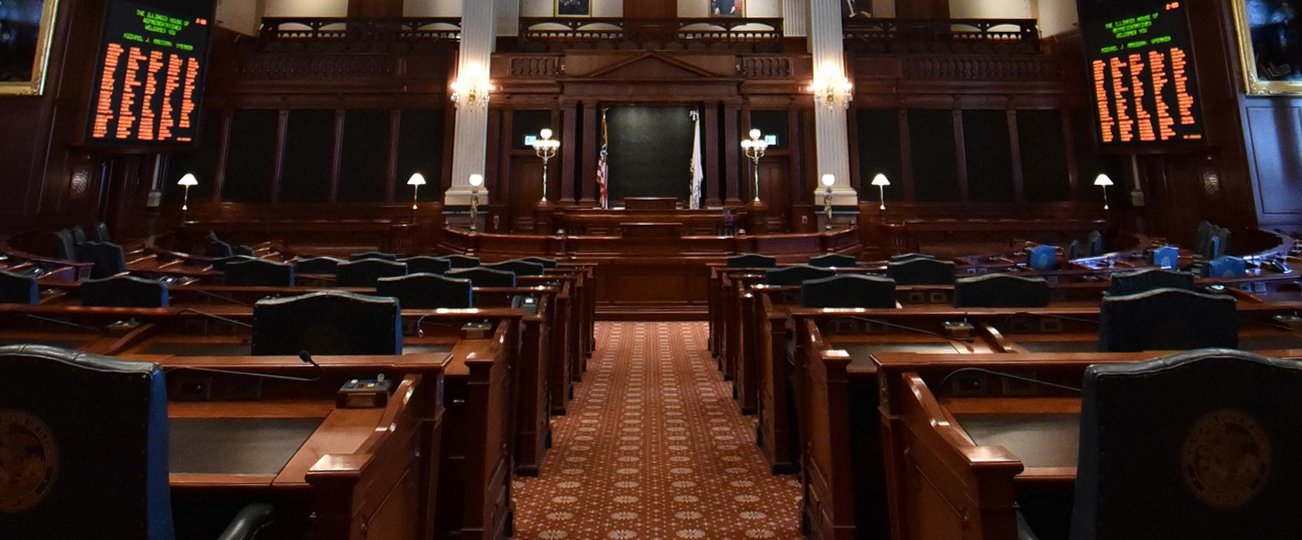In the tiny village of Colleville-sur-Mer, in northwestern France there is a cemetery overlooking the English Channel.
Interred within its carefully manicured and landscaped grounds lie two sons of a President of the United States, three Medal of Honor recipients, and 9,383 more Americans who gave their lives for the cause of freedom in World War II. Many of them fell just downslope from the cemetery on a stretch of sand known as Omaha Beach.
The cemetery contains rows of crosses and Stars of David, each marking the final resting place of one of these Americans. Most markers list the name, unit and home state of the fallen. Another 304 read, “Here rests in honored glory a comrade in arms known but to God.”
At its center is a bronze statue commemorating the Allied invasion of German-occupied France on June 6, 1944, entitled Spirit of American Youth Rising From the Waves.
Also within the grounds is a memorial wall listing the names of 1557 military personnel who were declared missing in action as part of the invasion.
This cemetery, the Normandy American Cemetery, is the final resting place of 563 Illinoisans who made the ultimate sacrifice in the liberation of Europe in World War II.
All are together “commemorated in perpetuity” at this hallowed ground near the scene of some of the most ferocious fighting in all of World War II.
They followed the orders of their Supreme Allied Commander, General Dwight D. Eisenhower, who sent them across the channel with stirring words about the stakes of the mission.
“Soldiers, sailors and airmen of the Allied Expeditionary Force. You are about to embark upon the Great Crusade toward which we have striven these many months. The eyes of the world are upon you. The hopes and prayers of liberty-loving people everywhere march with you.”
The invasion, the result of more than two years of planning, was a two-pronged assault. Following months of aerial bombardment, airborne forces would land first, dropping in the pre-dawn darkness behind the German positions which were defending the beaches. They would seize key bridges and roads, cut off communications and reinforcements, and divert German troops from the main landings on the beaches.
At dawn, a massive flotilla of ships from almost every Allied nation would bombard the five main landing beaches, while infantry in rickety landing craft would storm ashore. British forces landed at beaches designated Gold and Sword, Canadians at Juno, and Americans at Utah Beach. There was fierce fighting at all four of these, but nowhere was the clash as ferocious as at the American landings on the fifth beach, Omaha.
There the Allies were very nearly thrown back into the sea, but they doggedly crawled their way forward and broke the German lines at great cost. Their efforts were aided by the assault of the Army Rangers who scaled the cliffs of Pointe du Hoc and destroyed German artillery which was dominating the battlefield. Their heroics were immortalized by remarks made by President Ronald Reagan in 1984 on the 40th anniversary of the battle.
The landings in Normandy, officially Operation Overlord, but remembered by history as D-Day, are today mostly recalled as a single-day operation. But in fact, the fighting lasted for days and in some areas, for weeks, culminating with the liberation of Paris on August 25. Having secured all five beaches on the first day, Allied forces began pushing ashore more and more equipment and reinforcements and gradually moving forward, consolidating the five landings into one large Allied beachhead from which to launch strikes into the interior.
Wounded men were treated on the battlefield, with the more severely wounded evacuated to hospitals England. But those who died could not be immediately recovered and removed due to the imperative to bring in more supplies and troops while the battle hung in the balance.
Instead they would find their final resting place on the soil of the nation they gave their lives to liberate. The Normandy American Cemetery is just one of many similar resting places for those who died in the liberation of Europe, including other cemeteries in France, Belgium, Luxembourg and the Netherlands. These cemeteries, as well as cemeteries from World War I and the war in the Pacific, are lovingly maintained by the American Battle Monuments Commission.
Engraved above the arches of the Normandy cemetery’s memorial, just yards from the spot where the first Americans came ashore in the battle to liberate Europe, are the words, “This embattled shore, portal of freedom, is forever hallowed by the ideas, the valor and the sacrifices of our fellow countrymen.”


